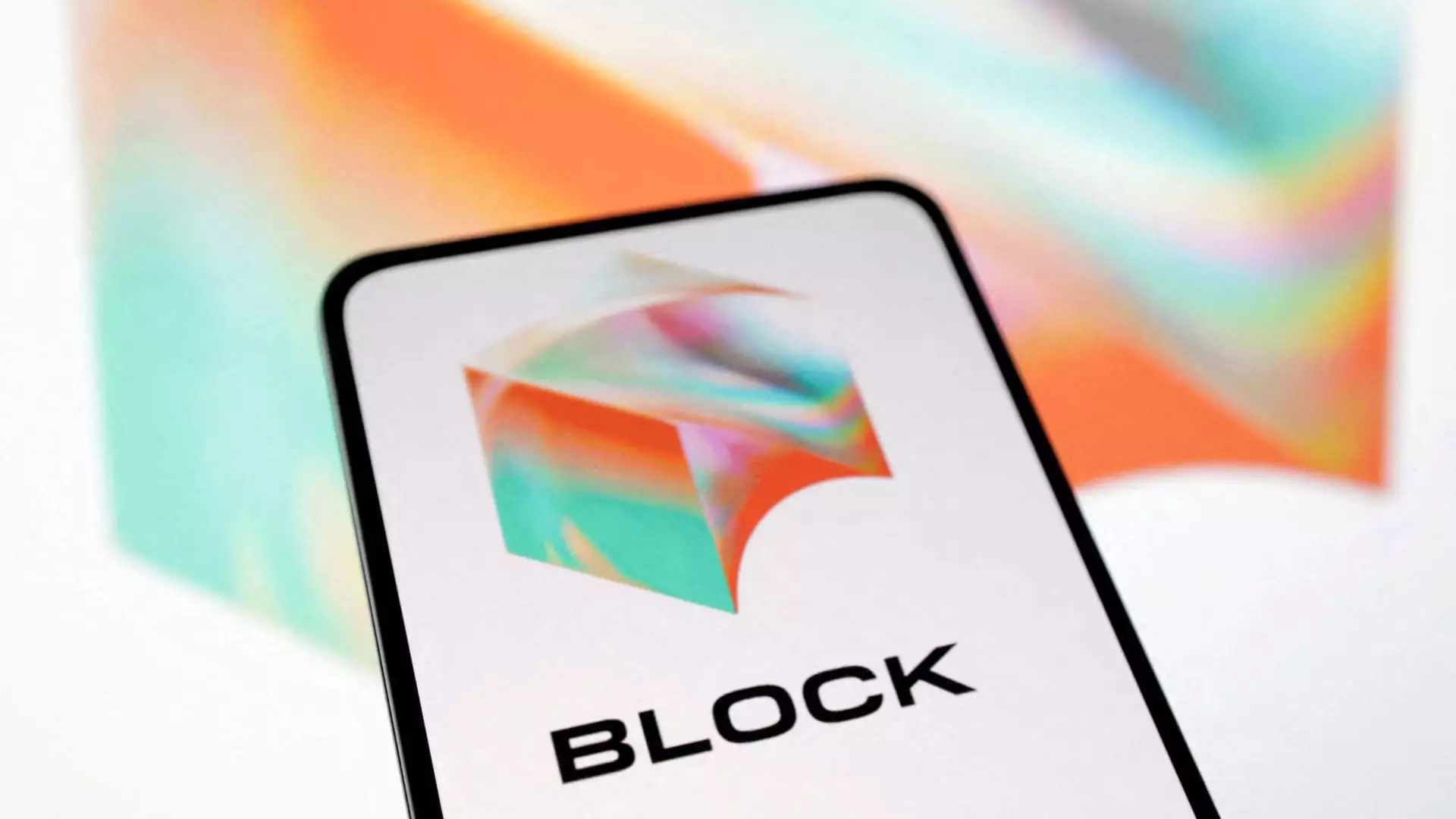Block, previously recognized as Square, has recently reported its third-quarter earnings, which fell short of the expectations set by Wall Street analysts. This reveal sent the stock into a brief downturn during after-hours trading; however, many investors shifted their attention towards the company’s profitability metrics, which ultimately buoyed the stock’s recovery. As we peel back the layers of this report, it becomes essential to assess Block’s performance against analysts’ consensus estimates provided by LSEG.
Block reported earnings per share (EPS) of 88 cents on an adjusted basis, which slightly exceeded the average expectation of 87 cents. However, the company’s revenue came in at $5.98 billion—a significant miss compared to the expected $6.24 billion. Such discrepancies often cast a long shadow over companies, leading investors to question their future prospects.
Gross Profit: A Silver Lining
Despite the revenue shortfall, there are promising indicators within the financial statements. Block’s finance chief, Amrita Ahuja, emphasized during a CNBC interview that analysts are becoming increasingly focused on gross profit rather than just total revenue figures. This shift underscores a growing realization that profitability can provide a more accurate picture of a firm’s health.
Block’s gross profit for the quarter was reported at $2.25 billion, marking a robust growth of 19% compared to the same period last year. Additionally, the company showcased a noteworthy turnaround in net income, reporting $283.7 million—or 45 cents per share—in contrast to a loss of $88.7 million (15 cents per share) the previous year. This improvement in profitability illustrates Block’s ability to navigate challenging market conditions effectively.
Central to Block’s financial success is its Cash App, a mobile payment platform that has quickly become a cornerstone of the company’s operations. The Cash App business generated $1.31 billion in gross profit, reflecting a 21% year-over-year increase. Moreover, the platform saw its monthly active users increase by 11%, reaching over 24 million. Yet, despite the surge in user engagement, Block’s gross payment volume fell short of analysts’ expectations, totaling $62.4 billion against an anticipated $64.3 billion.
Ahuja’s remarks highlight that while revenue figures may not align with initial forecasts, the focus on gross profit reveals a more complex financial health narrative. Indeed, Block anticipates that gross profit in the forthcoming fourth quarter will still rise, with projections of 14% growth, totaling $2.31 billion.
Going into the earnings reveal, much attention was focused on Block’s buy now, pay later (BNPL) unit, especially following the acquisition of Afterpay for $29 billion in 2021. CEO Jack Dorsey’s shareholder letter emphasized an ambition to enhance cash flow through multiple lending products, including Square Loans and Cash App Borrow. Furthermore, Dorsey mentioned plans to integrate Afterpay services directly into Cash App Card, aiming to present customers with a more viable alternative to traditional credit cards.
Ahuja pointed to the use of artificial intelligence in Block’s lending processes, indicating that it enables the company to make more efficient and effective risk assessments. With each lending product, the company has managed to maintain comparatively low loss rates: 1% for BNPL, 3% for Cash App borrowing, and 4% for Square Loans. This efficiency in underwriting could play a crucial role in enhancing future profitability and growth.
Cost-Cutting Initiatives and Strategic Adjustments
In response to changing market dynamics, Block has embarked on extensive cost-cutting measures. The company has decided to downscale investments in Tidal, the music streaming service co-founded by Jay-Z, and will wind down its Bitcoin-centric arm, TBD. Earlier this year, the company also faced layoffs. Dorsey’s remarks during the earnings call reveal a continued commitment to Bitcoin accessibility, primarily through Cash App, marking a clear signal toward future investments in digital assets.
As of now, Block has approximately 8,300 Bitcoin, amounting to about $630 million, further emphasizing its dedication to innovative financial solutions.
While Block’s third-quarter earnings showcased a mix of encouraging and concerning elements, the company’s strategic focus on profitability and innovative debt products remain pivotal for its forthcoming prospects. Investors, with eyes on growth drivers, should monitor how effectively Block balances revenue generation with cost management in the upcoming quarters.

